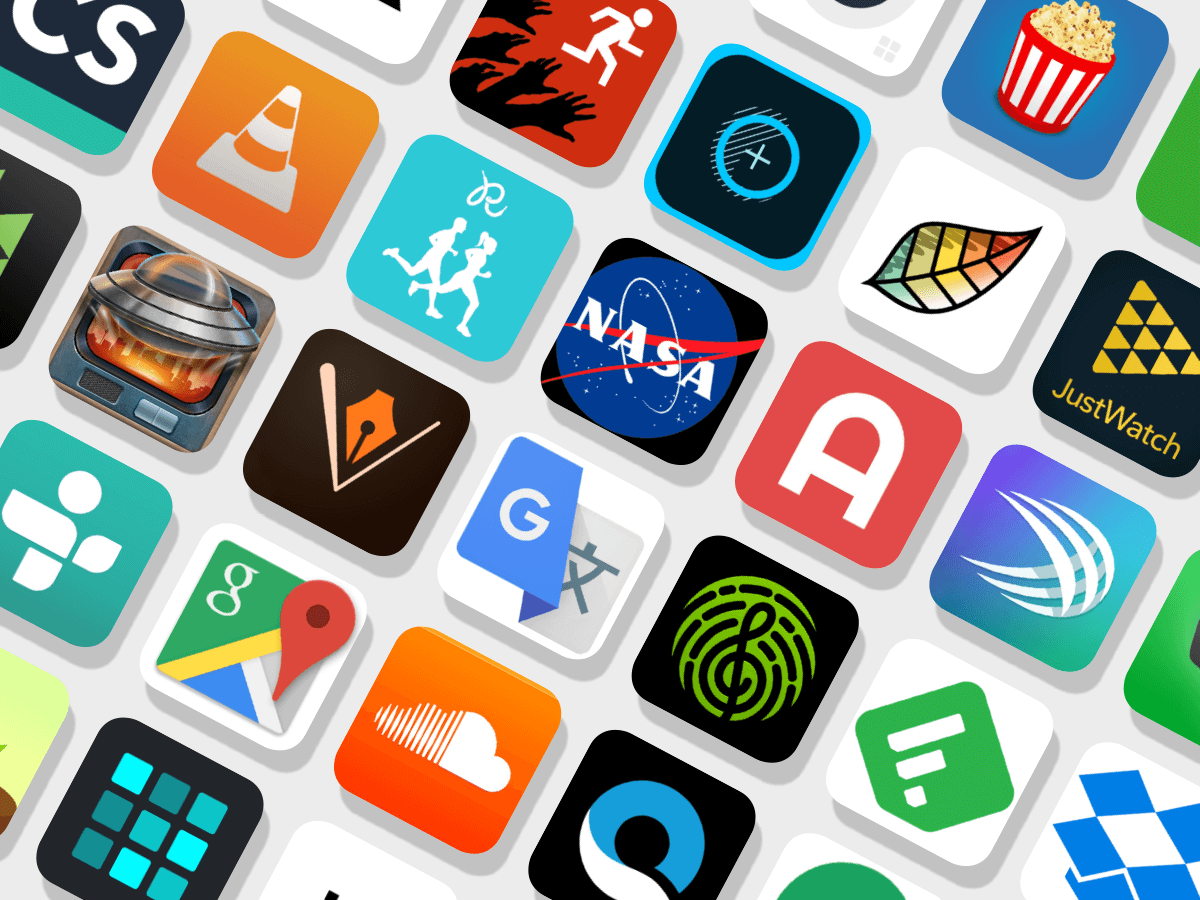In 2018, both the Apple App Store and the Android app market will be celebrating their 10-year anniversaries. Since they launched, apps have taken over the world in a huge way, transforming industries and evolving from smartphone-only experiences to platforms controlling homes, TVs and even cars. The momentum for apps has been steadily growing, and this is only the beginning.
By the end of this year more than 40 countries will generate over $100 million consumer spend across both iOS and Google Play app stores. Growth is massive already, but the decade ahead will be even bigger as technology advances, markets mature and infrastructure is built for the next generation of networks and devices.
In 2018, the app economy will enter a new era, predicted to surpass $110 billion in app store spend and characterized by emerging markets and innovation. As we look forward, here are some of the trends we expect to see at the forefront of the app industry.
The New Reality Will Be Augmented
Pokemon GO and Snapchat introduced augmented reality (AR) to the mainstream, but so far we’ve only seen a glimpse of AR’s full potential. As we look to the year ahead, anticipation is building for Niantic’s launch of Harry Potter: Wizards Unite, which will take AR in gaming to new heights. And major companies are identifying business use cases to take AR a step beyond the existing consumer applications. For instance, retailers like Ikea, Nordstrom and Pottery Barn have AR-driven app features to help shoppers visualize how a product will fit in their home. Additionally, Strava and BMW have also enhanced their mobile apps with AR features to create more immersive, visual experiences for their users — whether for tracking a run or buying a car.
The tech titans Apple and Google announced AR initiatives at their 2017 developer conferences, and we expect to see the fruits of these efforts become more defined in 2018. Glance-centric use cases in particular will rise from app publishers looking to enter this market as early AR adopters. Consumer interest in these apps is already spiking, and we expect the excitement, and downloads, to climb as further AR applications continue to emerge.
Apps for the Internet of Everything
The past decade has seen tremendous growth in mobile- and touch-centric apps and their varied use cases. Looking ahead, a hallmark of the coming decade will be the extension of apps into everything — leveraging new UIs, especially voice, for interaction. Amazon drove the charge towards a voice-controlled future with its Echo device, first launched in 2014 and this past holiday season we saw the Alexa app drive more than 2 million downloads on Christmas Day alone. Today there are several voice assistants on the market, and thousands of apps have been developed to help consumers take advantage of their many use cases.
Existing voice agents are being reinvented, and new entrants are building their own tools, to capitalize on the interest and opportunities these devices present, especially for entertainment and the home. Cable providers have integrated voice recognition into TV remotes to help consumers more easily find the shows and channels they seek. Philips has developed smart light bulbs that respond, via a mobile app integration, to voice commands that dim, brighten and turn on and off. The coming years will see not only higher adoption rates, but also deeper integration of voice command features into touch-based apps for a world where the internet and apps control just about everything.
Global Consumer Spend to Soar
As we pass the ten-year app store anniversaries, don’t expect a slowdown in their revenue-driving capacity. The iOS and Google Play stores reach record levels for consumer spend — nearly $17 billion in Q3 2017 alone. Continued growth in mobile users, time spent in apps approaching 3 hours per day, subscription revenue and in-app purchases will keep apps accelerating and boosting bottom lines. In fact, app monetization will reach new heights globally as China outpaces the world in consumer spend growth in 2018 — building on its already established ranking as the top market for iOS App Store consumer spend.
On Android devices, emerging markets Brazil and India saw significant growth in time spent in mobile apps this past year, and they’re nowhere near done yet. Both of these countries, as well as major markets across southeast Asia still have large populations without smartphones today. As this shifts and mobile devices penetrate these markets more deeply, we expect to see further increase in time and money spent in mobile apps. And apps’ monetization potential isn’t limited to consumer spend; in-app advertising and expanding mobile commerce mean the growth opportunities are limitless. Only time will tell what heights the next decade will bring.
The years ahead may hold much uncertainty for the world, but for the app industry there’s a clear indication of growth. We’re looking forward to more innovation, new use cases and global expansion in key markets as the app industry continues its domination path.





